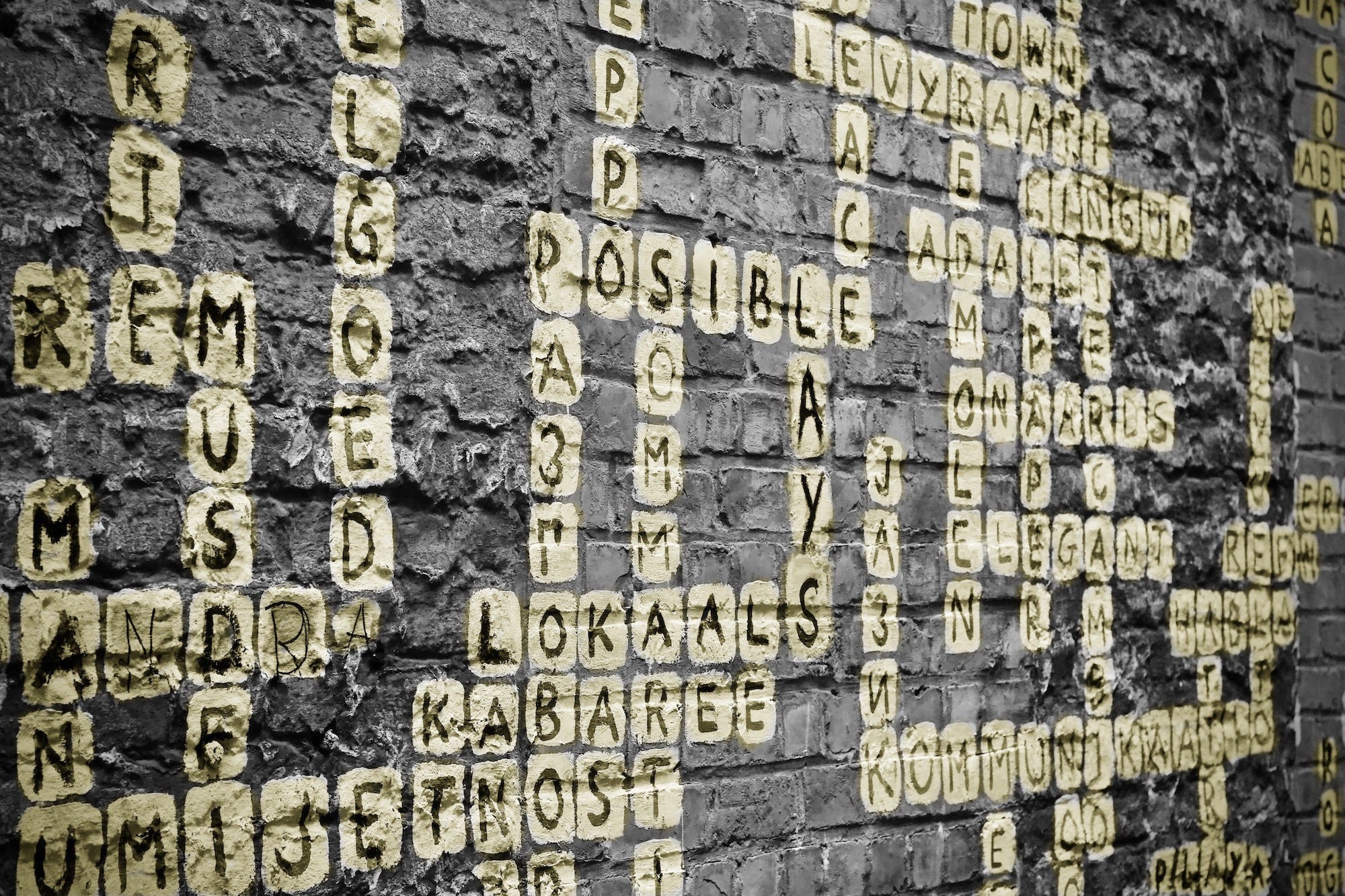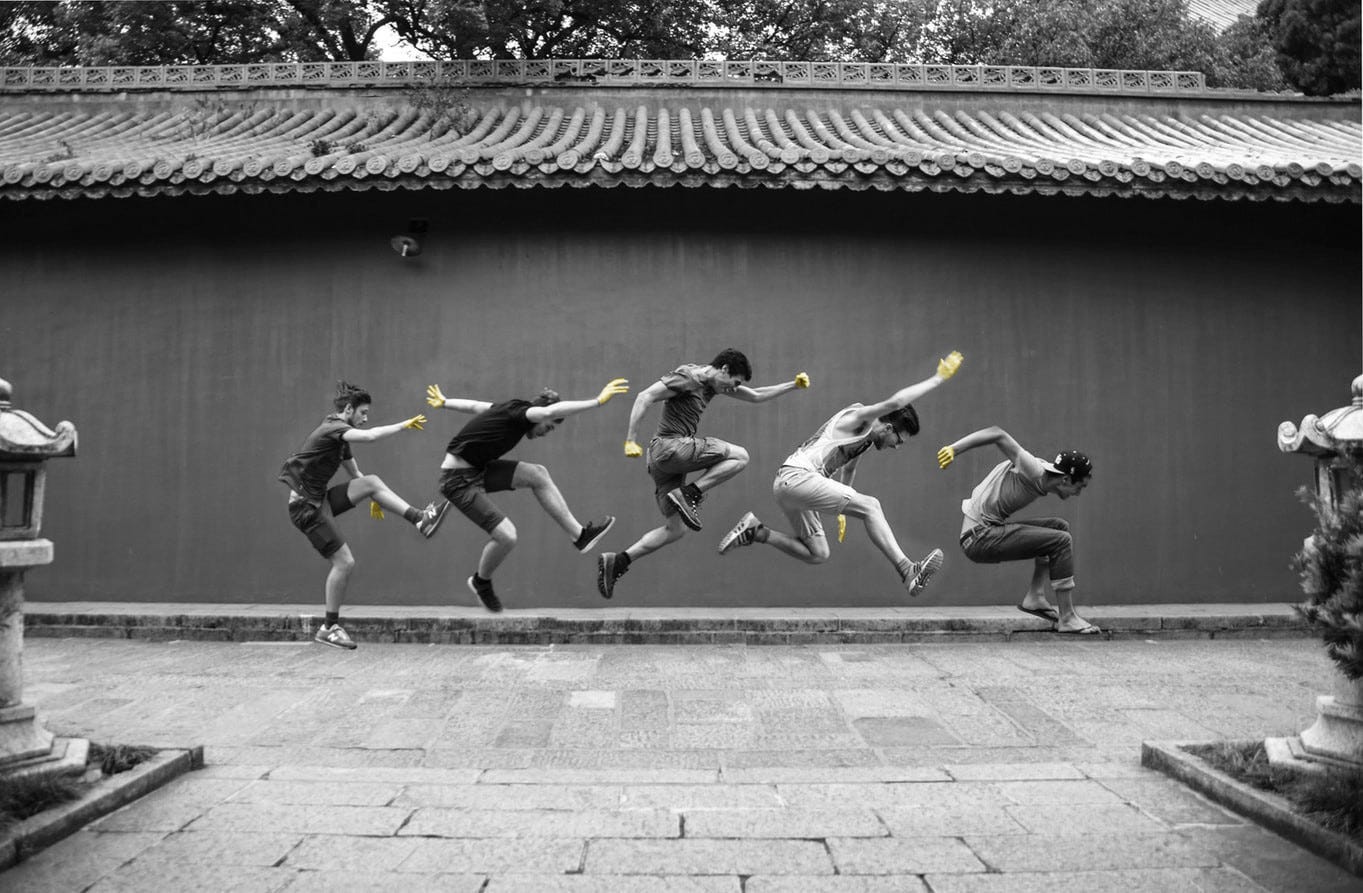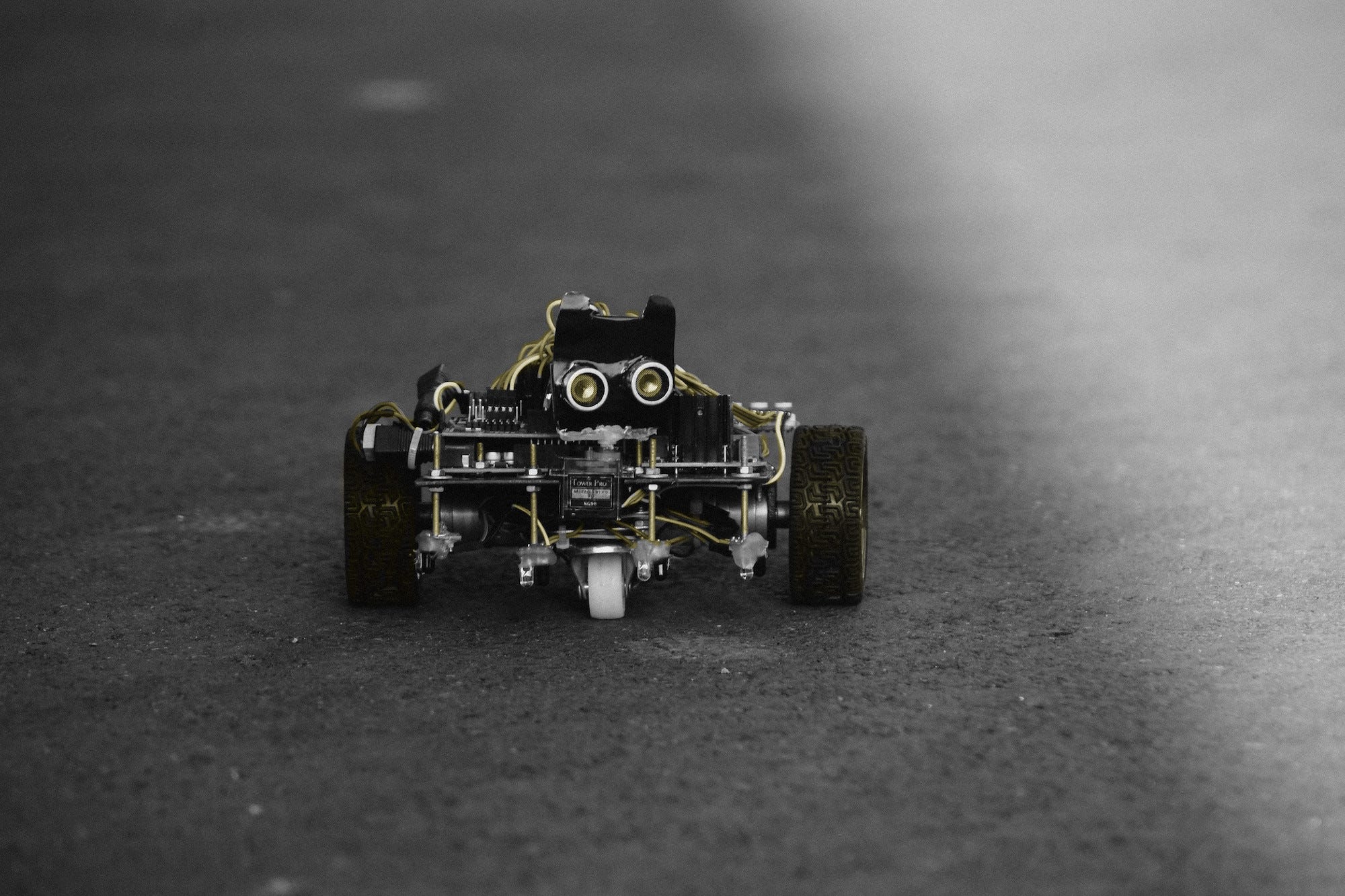There’s a saying that goes like this: A picture is worth a thousand words, while an animation is worth a thousand pictures (which in turn means that it is worth a million words 😉)!
This is especially true in mobile applications, where effective animations can communicate to users what an app (or certain features within an app) is supposed to do. This is always a tough task, but tougher when we only rely on text or static images.
Continue reading Using Lottie on Android to display dynamic animations in your apps









